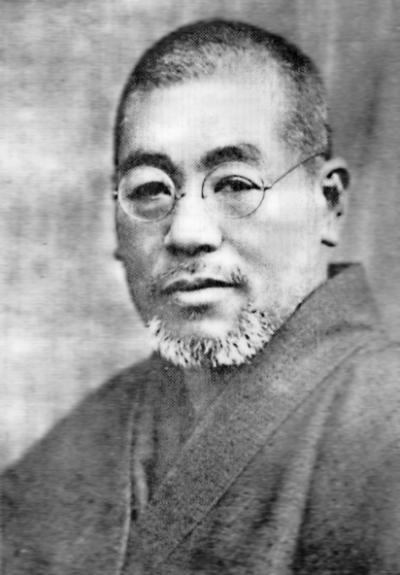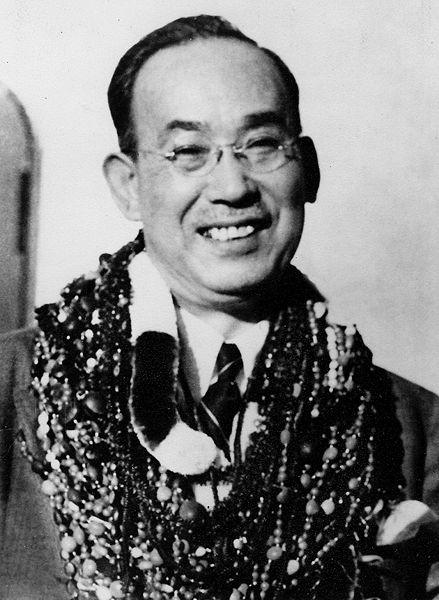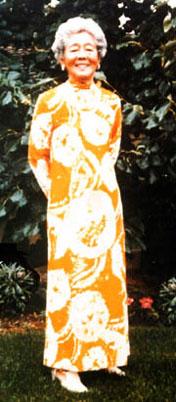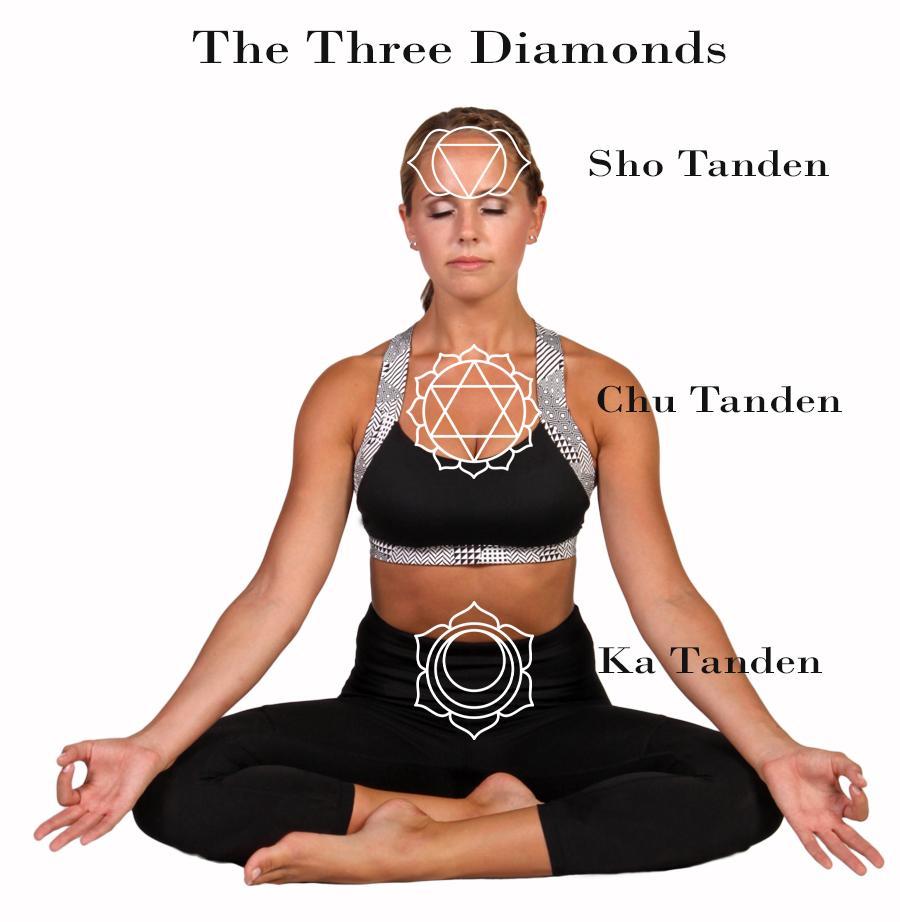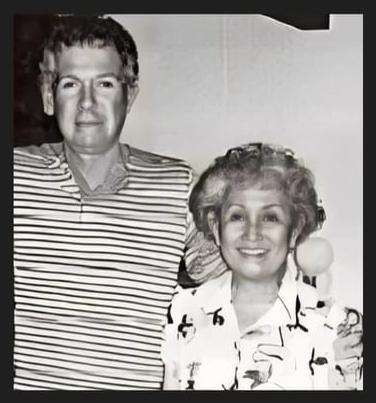Alexa Lane | Motivational Speaker and Author
Spirituality and Natural Healing
Reiki Energy Cleansing Techniques
Joshin Kokyu-Ho: Reiki Cleansing Breath:
The translation in English is “the breathing method for cleansing the spirit.”
- Sit in a comfortable seated position with your spine erect
- Slowly, inhale through your nose.
- Imagine that you are breathing in Reiki energy along with the air.
- Visualize and feel the Reiki energy entering your Crown Chakra and moving throughout your body.
- Let your breath flow down below your navel and into your Second Chakra.
- It is common to experience a warm, energetic sensation as the Reiki enters your energy field.
The Reiki Shower Technique:
- You may use this technique anytime to cleanse your energy and connect to Reiki.
- To begin, sit or stand in a comfortable position.
- Place your hands in the Gassho position.
- Breathe calmly and deeply.
- Set the intention to cleanse your energetic field, body, mind, and soul with Reiki energy.
- Raise your arms over your head with the palms of your hands facing each other about 12 inches apart.
- Connect to Reiki and let the energy flow and intensify between your hands.
- Turn your palms downward to face the top of your head.
- Visualize Reiki radiating out of your hands and set the intention to receive a shower of Reiki.
- Let the Reiki shower flow over and cleanse your entire body and energetic field.
- After a few moments of letting the Reiki energy flow through your body from above, move your hands downward with your palms facing your body.
- Keep your hands approximately 12 inches from your body.
- Slowly, move your hands downwards in front of your face and continue all the way down your body to your feet.
- You may bend your knees to either touch the floor to ground the energy or gently shake your hands to release any negative energy.
- You may repeat this exercise a few times as needed.
- Finish the exercise by placing your hands in the Gassho position and express gratitude for the Reiki healing energy.
Kenyoku-ho: Dry Bathing
- Bring your right hand to your left shoulder. Breathe in calmly and draw your right hand down to your right hip making a diagonal line. Perform this movement with energy and vocalize a “Haah sound” as you breathe out.
- Repeat this exercise on the other side, with your left hand on your right shoulder and draw it down toward your left hip exhaling with energy.
- Once again, bring your right hand to your left shoulder and draw your right hand down to your right hip making a diagonal line.
- Lift your left arm out in front of you, parallel to the floor.
- Breathing in, place your right hand on your left shoulder.
- Breathing out, draw your right hand down your left arm and fingertips, while exhaling with energy.
- Lift your right arm out in front of you, parallel to the floor.
- Breathing in, place your left hand on your right shoulder.
- Breathing out, draw your left hand down your right arm and fingertips, while exhaling with energy.
- Complete the exercise by once again lifting your left arm.
- Breathing in, draw your right hand down your left arm and fingertips, while exhaling with energy.
*(In Japan the there is a superstition regarding the number four, which is the same word for death. Based on this reason, the exercise is performed 3 times.)
Hatsurei-ho Technique
This technique combines three separate practices called kenyoku-ho (dry bathing), joshin kokyu-ho, and seishin toitsu.
- Kihon Shisei: Standard Posture or Basic position
Sit comfortably in a seated position with your spine erect and palms facing downwards on your thighs. Close your eyes and focus on the tanden point below your navel. Breathe deeply. Affirm you are beginning Hatsurei-ho.
- Kenyoku -ho: Dry Bathing
- Connect to Reiki
- Joshin Kokyu-Ho: Spiritual Cleansing breath
- Gassho: Place your hands in the prayer position in front of your heart chakra.
- Seishin Toitsu: Concentration
With your hands in the Gassho position, breathe calmly through your nose, breathe in the Reiki energy, and let Reiki heal your whole being. You may keep your eyes open or closed.
Next, focus your breath and energy on your hands and visualize Reiki flowing into your heart chakra. Let the Reiki circulate throughout your body and energetic field. You may visualize Reiki as white light energy. As you exhale, visualize Reiki energy healing all living beings, the planet, and the universe.
Optional:
- Gokai Sansho: Chant
Traditionally, Miko Usui would have students recite the five Reiki principles.
- Mokunen: Silent prayer
To finish, place your hands on your thighs and affirm that Hatsurei-ho is complete.
History of Reiki
Mikao Usui
The founder of Reiki is Mikao Usui. He was born on August 15, 1865, in Taniai, a village in the district of Gifu prefecture. Most of the information written about him is on the memorial stone erected by his students in 1927. The authors of the Usui Memorial are Juzaburo Ushida and Masayuki Okada.
A summary of his biography:
- He was married and had a son and daughter.
- His interests included medicine, psychology, fortune-telling, and religion.
- He had many changes in his career. At a certain point, he encountered obstacles.
- One day, he embarked on a 21-day retreat to fast and meditate on Mount Kurama near Kyoto.
- During this time, he experienced a sense of inner awakening, or great Reiki sensation above his head, which led to the development of the Reiki spiritual healing method.
- Usui tried Reiki on himself and his family and found it helped heal ailments.
- In April 1922, he opened a clinic in Harajuku, Aoyama, Tokyo.
- Usui later created the Usui Reiki Ryoho Gakkai, an organization of Reiki practitioners, to provide Reiki treatments.
- He passed away in 1926.
- He encouraged his student, Dr. Chujiro Hayashi, to continue the practice of Reiki.
Dr. Chujiro Hayashi
Dr. Chujiro Hayashi was born in Tokyo on September 15, 1880. He was a medical doctor and a Japanese Navy officer. He developed Reiki techniques utilizing his knowledge of medicine and further developed hands-on healing techniques. Later, he opened a school and clinic. In time, he trained a Japanese American woman named Hawayo Takata, awarding her a certificate in Reiki Mastership. He helped her start a Reiki practice in Hawaii.
Hawayo Takata
Hawayo Takata was born on December 24, 1900, in Hawaii. She discovered Dr. Hayashi’s clinic while visiting her family in Japan. During her visit, she became ill and received treatment at Dr. Hayashi’s Reiki clinic to avoid surgery. The Reiki treatments provided healing for her illness. She subsequently convinced Dr. Hayashi to train her in Reiki. After receiving her Reiki Master training from Dr. Hayashi, she established a Reiki practice in Hawaii. Hawayo Takata trained 22 Reiki masters before she passed away in 1980. She and Dr. Hayashi had a significant impact on the practice of Reiki in the West.
Reiki Energetic System and Meditation
Reiki Energetic System and Meditation
In the Japanese system of Reiki, there are three significant energy centers.
They are The Three Tanden or The Three Diamonds.
Ka Tanden
- Lower Tanden: The first is referred to as the Hara or lower Tanden. It is considered highly important and represents a pathway to reaching your highest aim in life. The location is 2 inches below the navel.
- It corresponds to Earth energy. It connects you to the universal life force energy. It helps with grounding your energy.
Chu Tanden
- Heart Energy or Middle Tanden: The location is the middle of the chest or heart.
- It corresponds to the energy of the Heart or Oneness. It connects to your emotional body and your ability to balance emotions. Positive emotions, such as love create balance.
Sho Tanden
- Upper Tanden: The location is the middle of the forehead or third eye.
- It corresponds to Heavenly energy. It is connected to your spirit and intuitive functions.
Meridians
In Chinese medicine, the meridians are subtle energy channels that distribute Ki, Chi, or Qi (vital life force or energy)throughout the body.
Reiki Meditation on The Three Diamonds
- Find a comfortable seated position.
- Place your feet flat on the ground and feel how the Earth supports you.
- You may close your eyes.
- Breathe slowly.
- Inhale and exhale.
- Feel your spine lengthening with each breath.
- Now, let’s connect to the Earth.
- Place your attention on your feet and the connection they have to the Earth.
- Let the energy flow from the Earth into your feet.
- Visualize a crystal white light that connects you to the earth and the Divine Source.
- Let this energy flow into your feet and expand beyond into the space surrounding your feet.
Hara- Lower Tanden
- Let this crystal white light energy flow up to the base of your spine to the area just below your navel into the Ka Tanden.
- Place your hands on your Ka Tanden and breathe calmly in and out through your nose.
- Let the breath and white light energy expand into the space surrounding your naval.
- Allow the white light energy to energize and cleanse your entire abdomen.
- Slowly inhale and exhale.
- Let this energy circulate as you connect to the earth.
Heart- Middle Tanden
- Let the white light energy of the Divine Source flow from your abdomen to your heart into the Chu Tanden.
- Place your hands on your Chu Tanden and breathe calmly in and out through your nose.
- Let the breath and white light energy expand into the space surrounding your heart.
- Allow the white light energy to energize and cleanse your entire heart center.
- Slowly inhale and exhale.
- From this expanded state, introduce a positive emotion, such as love, compassion, gratitude, or joy.
- Let this energy circulate throughout your heart.
Upper Tanden- Forehead
- Let the crystal white light energy of the Divine Source flow from your heart to the middle of your forehead into the Sho Tanden.
- Place your hands on your Sho Tanden and breathe calmly in and out through your nose.
- Let the breath and white light energy expand into the space surrounding your forehead.
- Allow the white light energy to energize and cleanse your head.
- Slowly inhale and exhale.
- Let the energy expand and connect with the Divine Source and Heavenly energy.
- Feel the spaciousness of this healing energy.
- Continue to breathe calmly and when you are ready, open your eyes.
Non Traditional Reiki Techniques
Reiki Techniques from the Raku Kei Reiki
The practice of Reiki has been influenced and adapted over the years with non-traditional techniques that Mikao Usui did not include in his healing method. Many Western Reiki Practitioners may incorporate practices that utilize the chakra system, crystals, and other practices.
Below are a few non-traditional practices. Reiki Master Teachers Iris Ishikuro and Arthur Robertson incorporated these techniques into their Reiki method called Raku Kei Reiki. They have direct lineage to Hawayo Takata. Hawayo Takata is responsible for bringing Reiki to the West.
During our Reiki Mastership course, we received an article by Arthur Robertson.
“Remember, in the beginning Reiki (Raku Rei) was not taught as any kind of healing modality, but rather a system of spiritual self-improvement. When this higher level of understanding is achieved, and the energies accumulated within the psyche, the healing pathways are opened.” – Arthur Robertson
Non-traditional Reiki Techniques
Hui Yin Breath:
- Mastership Technique
- Engage your perineum or Mula bandha (root lock).
- Rest the tip of your tongue on the top of your mouth (soft palate) behind your teeth.
- Inhale and hold your breath.
Violet Breath:
Certain Reiki traditions perform this technique during the attunement ritual.
- Mastership Technique
- Begin by visualizing a white mist encompassing your body.
- Engage the Hui Yin point.
- Place your tongue behind your upper teeth.
- In your mind, visualize white light entering your crown chakra, traveling down to your tongue, and continuing down the front of your body. The white light continues to move to the Hui Yin point. It then moves up the spine to the center of your head.
- Visualize a white mist filling up your head.
- Visualize the white mist becoming blue, gradually becoming indigo blue, and slowly rotating clockwise. As it rotates, it becomes the color violet.
- The mist is now the color violet. Within the violet mist, visualize a golden Dumo symbol.
- During an attunement ritual, you may blow the breath of the violet mist containing the golden Dumo symbol onto the student’s crown chakra. Visualize the symbol entering the student’s head, while repeating the mantra three times.
Sui Ching: Water Ritual:
Below is an excerpt written by Arthur Robertson that was given to us by our Reiki teacher regarding the Sui Ching Water Ritual.
Certain Reiki traditions perform this technique to prepare for the attunement ritual.
- Mastership Technique
- Begin by having the students sit in a circle.
- The Reiki Master Teacher will then use the 3rd Symbol over cups of water for each student.
- The Reiki Master Teacher distributes the cups of water to each student. The students hold their cups of water in front of their solar plexus.
- Students will inhale deeply, hold their breath, and close their eyes.
- Students will then exhale a blue mist into the water.
- When the student finishes with the breath, each student will pass the cup to the person on their right side.
- As the students perform the technique, the Reiki Master Teacher will place the left hand on the student’s crown and voice the 2nd Symbol, performing the Hui Yin Breath.
- Students will now hold the cup in their left hand and pass it to their right hand. Students will then draw the 1st Symbol over the cup (horizontally). Students then say the O SUI CHING invocation.
- Students now will draw the 1st Symbol vertically over the cup.
- Students drink the water and are ready for the attunement ritual.
